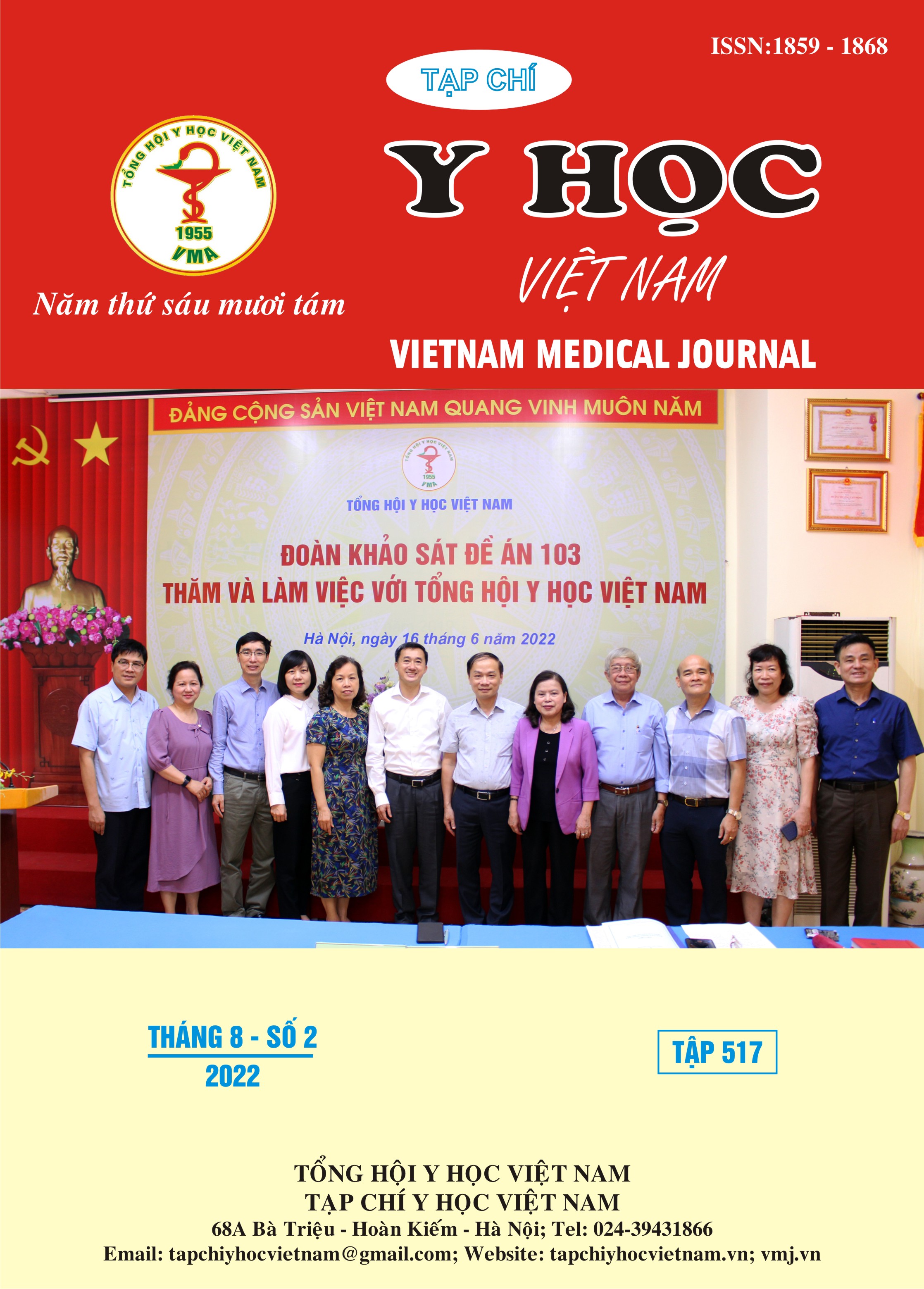NGHIÊN CỨU TÌNH HÌNH VÀ SỰ TUÂN THỦ TRONG SỬ DỤNG THUỐC ĐIỀU TRỊ BỆNH NHÂN ĐÁI THÁO ĐƯỜNG TÝP 2 ĐIỀU TRỊ NGOẠI TRÚ TẠI KHOA KHÁM BỆNH BỆNH VIỆN ĐA KHOA BẠC LIÊU NĂM 2021-2022
Main Article Content
Abstract
Background: Assessing the level of adherence to treatment, finding the cause of non-compliance as a basis for taking appropriate measures to improve treatment effectiveness is very important in the treatment of type 2 diabetes. Objectives: To determine the characteristics of using drugs to treat type 2 diabetes, the rate of non-compliance with the use of drugs and to learn some factors related to non-compliance in drug use in patients with type 2 diabetes. Outpatient treatment with health insurance at the medical examination department of Bac Lieu General Hospital in 2021-2022. Materials and methods: The patient has been diagnosed with type 2 diabetes and is being examined and treated as an outpatient with health insurance coverage at the Department of Examination, Bac Lieu General Hospital from May 2021 to May 2022. Results: The proportion of outpatient type 2 diabetes patients who did not reach the target blood sugar was 52.95%, 57.84% of patients had more than two comorbidities, 54.9% of patients were assigned to combination therapy. combination of 2 hypoglycemic drugs and 20.61% combination of 3 hypoglycemic drugs. Through the survey, 84.31% of patients adhered to the use of medication. We found a statistically significant difference in the non-adherence to medication use of patients with type 2 diabetes between the groups of education level, number of comorbidities, distribution by BMI, single drugs with indications for insulin and fasting blood sugar (p < 0.05). Conclusion: The proportion of outpatient type 2 diabetes patients who did not reach the target blood sugar was 52.95.5%, 57.84% of patients had more than two comorbidities, 54.9% of patients were indicated for treatment. combination of 2 hypoglycemic drugs and 20.61% combination of 3 hypoglycemic drugs. Through the survey, 84.31% of patients were compliant with medication use and 15.69% of patients did not adhere to medication use. We found a statistically significant difference in the non-adherence to medication use of patients with type 2 diabetes between the groups of education level, treatment time, number of comorbidities, distribution by BMI, single drugs with indications for insulin and fasting blood sugar (p < 0.05).
Article Details
Keywords
type 2 diabetes, adherence to drugs for treatment of type 2 diabetes, outpatient treatment
References
2. Bộ Y tế (2015), "Bệnh đái tháo đường típ 2", Hướng dẫn chẩn đoán và điều trị bệnh nội tiết - chuyển hóa, Nhà xuất bản y học, Hà Nội, pp. 174 - 187.
3. Bộ Y tế (2020), Hướng dẫn chẩn đoán và điều trị đái tháo đường típ 2, Ban hành kèm theo Quyết định 5481 /QĐ-BYT ngày 30 tháng12 năm 2020.45.
4.Trần Thị Thu Hiền (2018), Khảo sát việc sử dụng thuốc hạ glucose máu và sự tuân thủ thuốc ở bệnh nhân đái tháo đường týp 2 tại bệnh viện đa khoa Thiện Hạnh Đắk Lắk, Luận văn thạc sỹ Dược học, Trường Đại học Y Dược Thành phố Hồ Chí Minh.
5. Lưu Kim Ngân (2019), Khảo sát các yếu tố liên quan đến hiệu quả kiểm soát đường huyết trên người bệnh đái tháo đường týp 2 đang điều trị ngoại trú tại Bệnh viện đa khoa Long An, , Luận văn Dược sỹ chuyên khoa cấp 1, Trường Đại Học Y Dược Thành phố Hồ Chí Minh.
7. Lê Xuân Tình (2020), Phân tích tình hình sử dụng thuốc trên bệnh nhân đái tháo đường típ 2 điều trị ngoại trú tại Bệnh viện E, Luận văn thạc sỹ Dược học, Trường Đại Học Dược Hà Nội.
7. Association American Diabetes (2020), "Standards of medical care in diabetes – 2020", Diabetes Care, pp. 1 - 224.
8. Atta Abbas Naqvi, Mohamed Azmi Hassali, Amnah Jahangir, Muhammad Nehal Nadir, Bharti Kachela (2019), “Translation and validation of the English version of general medication adherence scale (GMAS) in patients with chronic illnesses”, J Drug Assess, 8(1), pp. 36-42.


